Storm damage - how to minimise the impact on your home
Protect your home from storm damage with these top tips on prevention and repairs

With wind and rain battering the British Isles you'll be inundated with news of doom and gloom. Take away a little of the worry by learning how to prevent storm damage from affecting your home.
By steering away from home maintenance myths and taking a few simple steps you could save yourself from thousands of pounds worth of storm damage. Prevention is key, as is knowing how to repair damage caused by storms. In fact, the experts at Toolstation estimate that between preparation and knowing what to do when water leaks through your ceiling could save you well over £5,000.
So read up, get prepared and hunker down to wait for the storm to pass. Just make sure you've downloaded enough Married At First Sight on a fully charged iPad to keep you entertained should the power go out.
External storm damage preparation
Before the gusty winds and torrential rains hit, make sure the outside of your home is fully prepared for any potential storm damage.
1. Inspect fences and sheds
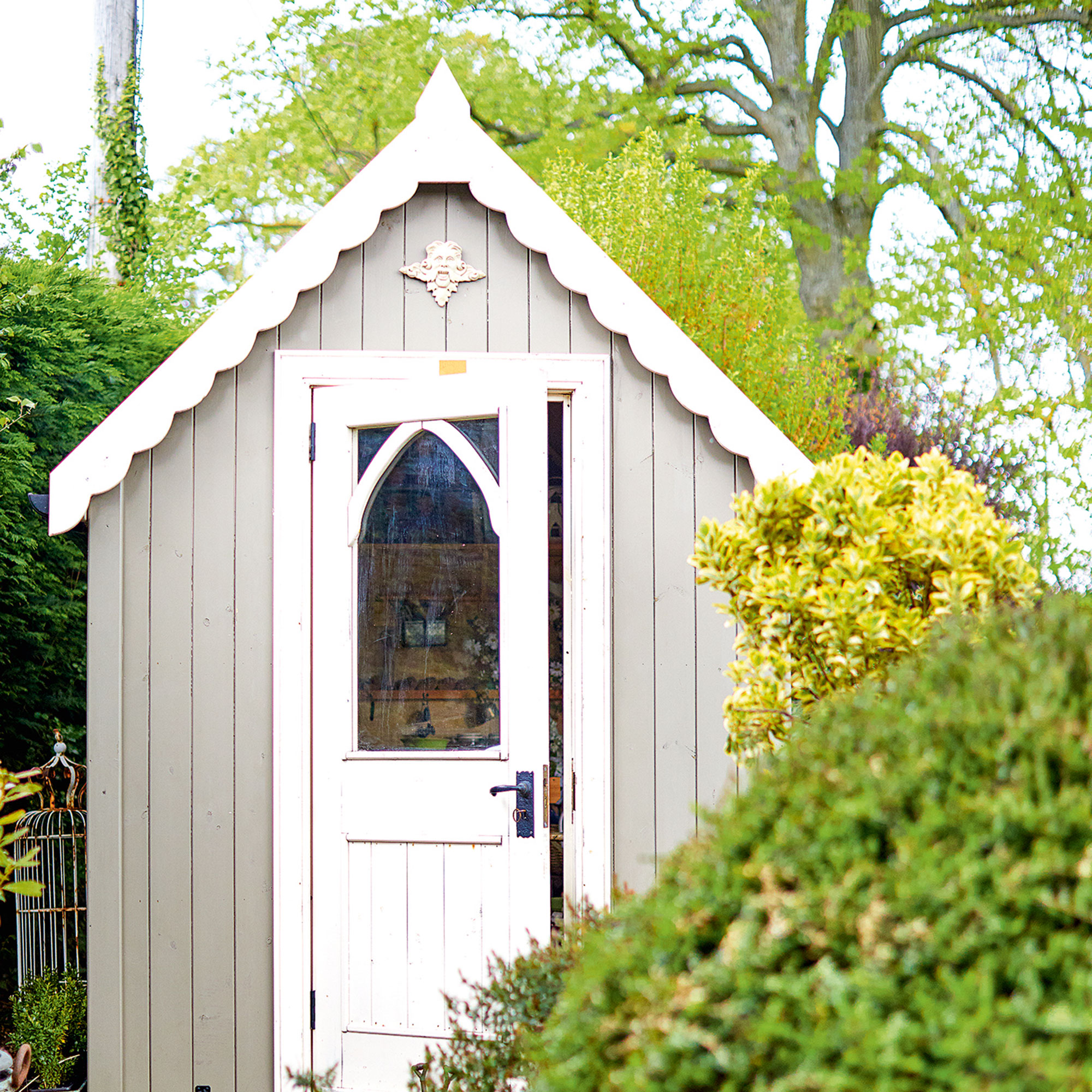
Fencing can easily become loose during a storm, and sheds could be destroyed by strong winds and rain. Reinforce fencing to keep it strong. If you can, consider removing a few planks of wood on your shed to allow wind to pass through without destroying its structure.
'If a storm rips apart your garden and sheds and fences get blown into neighbouring properties causing damage, it’s unlikely your policy will pay out according to the Association of British Insurers,' warn the experts at Paving Direct. 'This is because in some cases fences are excluded due to having a flimsy construction – so ensure you have taken care to bolster the strength.'
2. Clear out your garden
Gardens are full of potential storm hazards, so cut back or clear out overhanging branches and garden debris. ' It’s even worth your while examining the condition of trees and branches that are close to your home and if necessary – consider removing them,' suggest the experts at Hillarys. 'Although we’d advise to contact a tree surgeon first.'
3. Take a look at your roof

We've all heard - or seen - tiles flying off roofs because of string winds, so it's imperative that you fully check the state of yours. 'Check for any loose or cracked roof tiling, as well as the bricks around your chimney to ensure any wobbly tiles or slates won’t easily be flung from your roof by strong winds,' say the team at Hillarys.
'If you notice anything that looks out of place or not right, the best bet is to contact a professional and get them repaired. Also make sure to remove any dead leaves and debris from your roof guttering so that they can drain correctly. If not properly maintained, this can cause an overflow of water and result in further damage, especially with potential flooding from storms.'
4. Protect your car
Save your car from being damage by - or from causing damage. If possible, park it in a garage. 'If you don’t have a garage, a trick is to cover your vehicle with padding and then a plastic sheet or waterproof tarp,' suggests Nick Drewe, homes and interior expert at WeThrift. 'As well as this, make sure your vehicle is not parked by or under a tree.'
5. Put away your bins
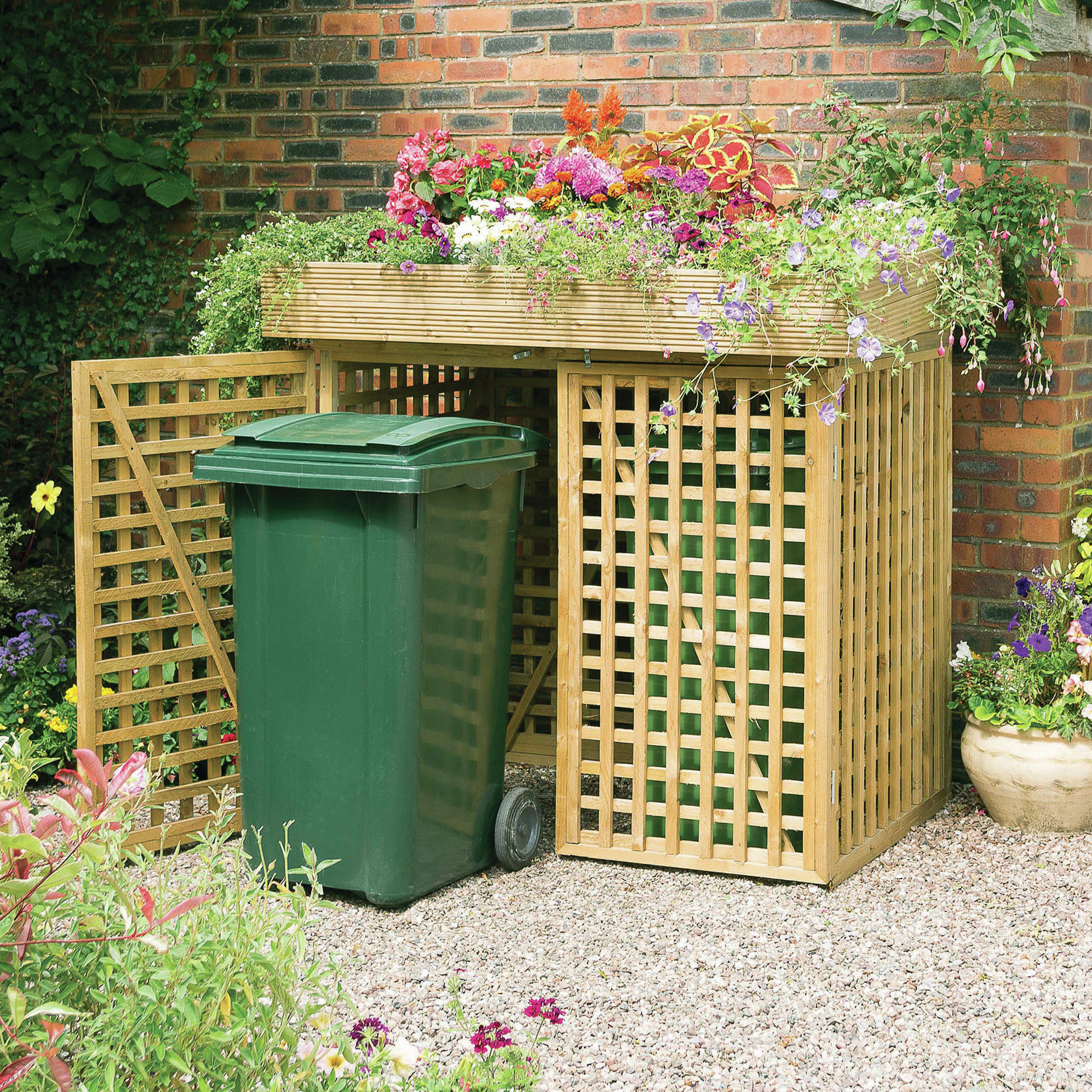
This may seem obvious, but we've all been guilty of forgetting to bring our bins back in nearly as often as we forget to bring them out. In storms, a wheelie bin could hit another person, house, or car. Prevent this by making sure it's secure and weighed down.
6. Secure aerials
If you have a TV aerial on the exterior of your home, double check that it's fully secured. Otherwise, these can be torn off with the winds.
7. Look after your plants
Potted plants are liable for breaking during storms, so it's best if you can put them somewhere sheltered.
'When it comes to your taller outdoor plants, it’s important to note that heavy rain could cause heavy damage to these and even cause them to snap,' warns Nick from WeThrift. 'A key trick to preventing this is to push a wooden or metal support into the ground and tie your tall plant to it. This will provide your plant with a safety net amidst the wind.'
How to prepare for storm damage inside your home
1. Secure your house

Close and lock all doors and windows in your home. An errant open, or unlocked, window could cause indoor gusts, breaking your property and even allowing debris to fly in.
Additionally, power outages will cause most alarms to stop working, so it keeps you safe if there are any opportunists lurking.
2. Switch off unnecessary electrics
Charge up your phones and tablets so you're ready if the power goes out. Then, before the storm, switch off anything not in use to avoid damage or electrocution. If the power does go out, turn all appliances off at the switch. 'If the power suddenly comes back on, you may leave appliances on and unattended without knowing it, which may end up causing a fire,' note the experts at Bionic.
3. Move valuables upstairs

'If you are likely to experience water entering the bottom floors of your house, then try to move your valuable items upstairs and out of harm’s way,' suggest the experts at Hillarys. Try to focus first and foremost on items that have more sentimental value and that are unlikely to be replaced by your home and contents insurance, such a photos, memorabilia and family heirlooms.'
4. Protect your larger belongings
Put away heavy ornaments which might blow over or fall down, breaking themselves or injuring someone. Furniture is at risk of floods caused by storm damage, so if you can move any precious pieces then do so. 'If impossible to move, try also wrapping the wooden legs of tables and chairs in plastic bags to prevent water soaking in and causing rot,' say the experts at Hillarys.
What to do if you get a ceiling leak
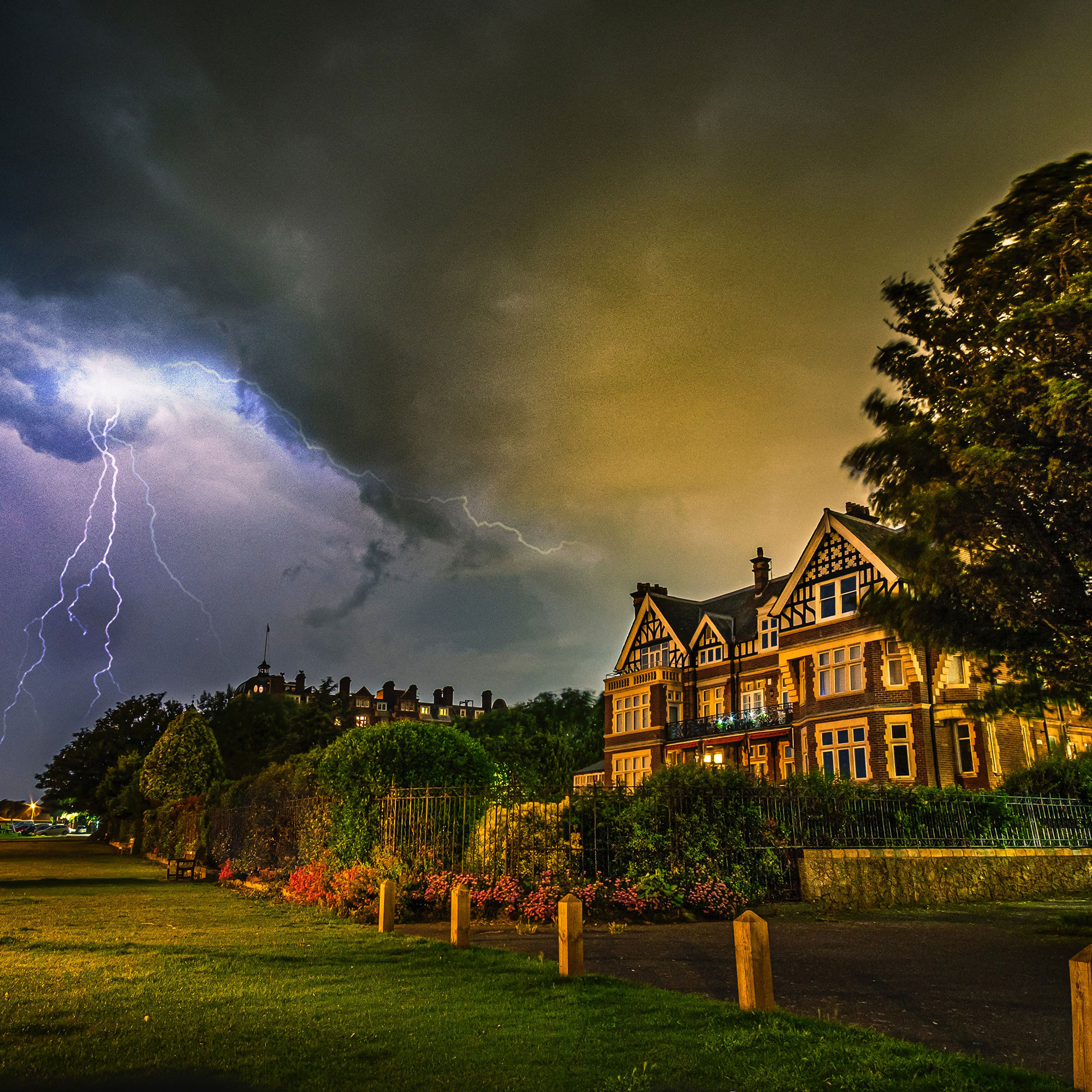
Homes are at risk of storm damage causing leaky ceilings. If you notice rainwater dripping down inside, then there are steps you can take to minimise damage. The experts at Toolstation take us through these:
1. Dont panic
'It may be easier said than done, but it’s important to stay calm. Often, the damage won’t look half as bad once it has dried out a little bit.'
2. Turn lights off at the mains
'Whatever you do, don’t touch the light switch as this could give you an electric shock. Find the breaker box and completely shut off the power.'
3. Move furniture and valuables into another room
'Move all that you can into a dry room and drape anything else with waterproof coverings.'
4. Use an empty bucket to collect water
'Place an empty bucket under the leak. You may want to put an old rag or tea towel in the bottom to avoid that annoying dripping sound.'
5. Puncture a hole for water to escape
'This seems counter intuitive, but you want to minimise the extent of the water damage. Use a screwdriver to pierce a hole for the water to escape through. This provides an exit point for the water, so it doesn’t disperse across the ceiling. If you don’t do this, the entire ceiling could collapse.
6. Cover the roof with tarpaulin
'If you’re confident you know where the rainwater is getting in and can safely get onto the roof, you may want to consider covering the external surface with a tarpaulin. Of course, in many cases this isn’t safe and you should call a professional.'
What to do if your boiler stops because of storm damage
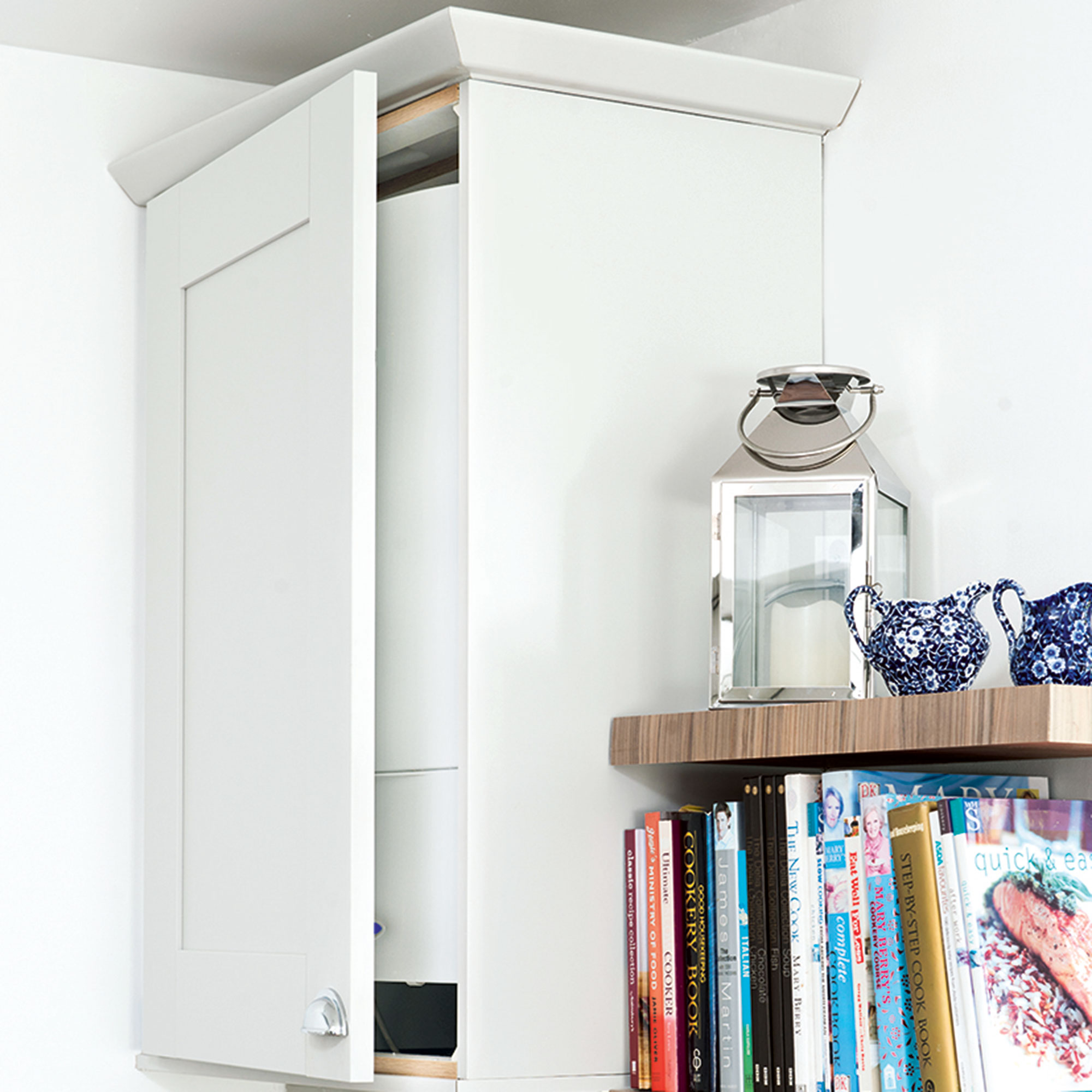
It's not talked about as much as power outages, but a boilers can stop working due to storm damage, too. Keep warm by learning how to tackle this issue.
First, check if a reset is all that's needed. The off-and-on-again approach isn't just for TVs. 'Alternatively, your boiler may also just be low on pressure,' suggest the experts at Bionic. 'To fix this you need to find the filling loop - usually the silver flexi pipe with either one or two black taps on. Then start to increase the pressure by opening your taps fully until they lock at 45 degrees. You should start to see the pressure gauge increasing. When it goes green, you’ll need to close the taps again. To find out how to top up the pressure on your specific model of boiler, check out your user manual.'
Always remember that it's not safe to touch the gas pipes. So if resets or pressure top ups don't work, make sure that you leave the boiler alone and contact a gas-dafe registered engineer to fix it.
What to do if storm damage does occur
It can be hard to think practicality when dealing with storm damage. Keep your family safe, keep electrics, water and gas off and call the relevant services for your issue and area.
Taking photographs of the damage should be your other consideration. 'At such a difficult time, it is understandable that taking multiple photographs of the water damage within the family home might be the last thing on your mind,' say the experts at Hillarys. 'However, it is imperative to document the effects on your property in order to ensure that your insurance company knows the full extent of the devastation and recoup any financial losses.'
Get the Ideal Home Newsletter
Sign up to our newsletter for style and decor inspiration, house makeovers, project advice and more.

Amy Cutmore is an experienced interiors editor and writer, who has worked on titles including Ideal Home, Homes & Gardens, LivingEtc, Real Homes, GardeningEtc, Top Ten Reviews and Country Life. And she's a winner of the PPA's Digital Content Leader of the Year. A homes journalist for two decades, she has a strong background in technology and appliances, and has a small portfolio of rental properties, so can offer advice to renters and rentees, alike.
-
 My go-to Ninja coffee machine is on sale for Easter weekend
My go-to Ninja coffee machine is on sale for Easter weekendIt makes coffee shop quality achievable at home
By Molly Cleary
-
 When to plant out annual flowering plants for vibrant, colourful garden borders – and give them the best start, according to experts
When to plant out annual flowering plants for vibrant, colourful garden borders – and give them the best start, according to expertsNot sure when to plant out annual flowering plants? We've got you covered...
By Kayleigh Dray
-
 I'm a kitchen decor editor and didn't like this tableware trend - until I saw H&M Home's designer-look plates
I'm a kitchen decor editor and didn't like this tableware trend - until I saw H&M Home's designer-look platesThey made it easy to justify a new crockery set
By Holly Cockburn
-
 Gardeners reveal how to recycle your wrapping paper into mulch to regulate soil temperature and prevent weeds
Gardeners reveal how to recycle your wrapping paper into mulch to regulate soil temperature and prevent weedsGive your plants a helping hand with your unwanted wrapping paper
By Kezia Reynolds
-
 Decorating the outside of your house with Christmas lights? These are the 8 things experts want you to know before you start
Decorating the outside of your house with Christmas lights? These are the 8 things experts want you to know before you startGive your home a warm and welcoming feel by illuminating its exterior with twinkling lights, whatever the season
By Holly Reaney
-
 How to repot a Christmas cactus – and the signs your plant needs a larger pot
How to repot a Christmas cactus – and the signs your plant needs a larger potRepot your Christmas cactus in five simple steps
By Sara Hesikova
-
 How to make a poinsettia turn red - the trick is putting it in the dark, but you must get the timing right
How to make a poinsettia turn red - the trick is putting it in the dark, but you must get the timing rightWhen to put a poinsettia in the dark, according to experts
By Lauren Bradbury
-
 Does the Christmas tree boiling water hack work? Why experts are warning real Christmas tree owners to dodge this popular trick
Does the Christmas tree boiling water hack work? Why experts are warning real Christmas tree owners to dodge this popular trickIt works, but it's risky
By Lauren Bradbury
-
 8 common Christmas cactus problems – how to spot them and solve them before it's too late
8 common Christmas cactus problems – how to spot them and solve them before it's too lateWondering what's wrong with your Christmas cactus? Take a look at our guide...
By Holly Reaney
-
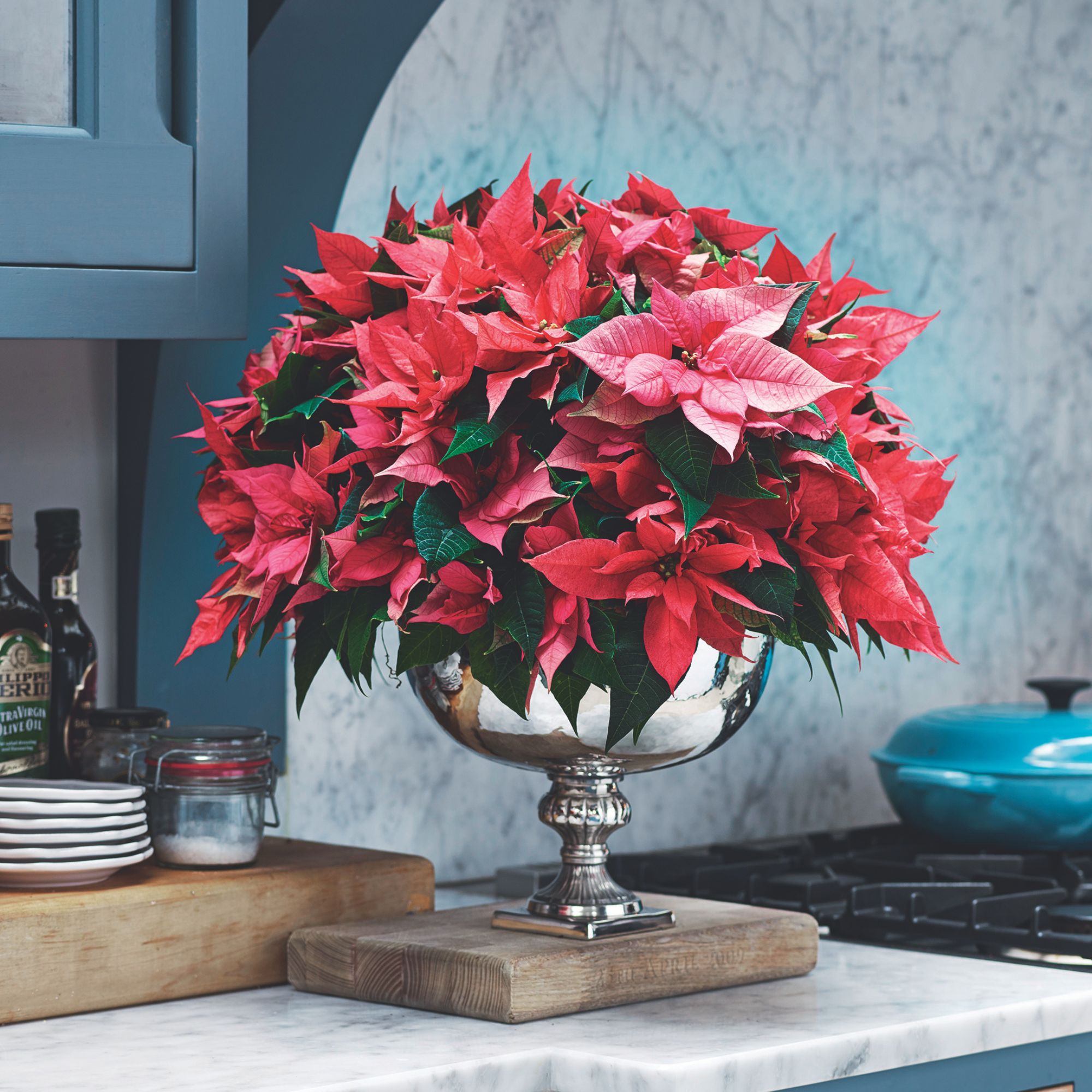 Why is my poinsettia dropping leaves? 5 common causes and how to rescue your plant
Why is my poinsettia dropping leaves? 5 common causes and how to rescue your plantWondering why your poinsettia is shedding its leaves? We asked the experts...
By Lauren Bradbury
-
 How to care for poinsettias – 8 ways to help them thrive, from choosing a healthy plant to the perfect watering schedule
How to care for poinsettias – 8 ways to help them thrive, from choosing a healthy plant to the perfect watering scheduleA complete guide to caring for a healthy poinsettia plant
By Sophie King